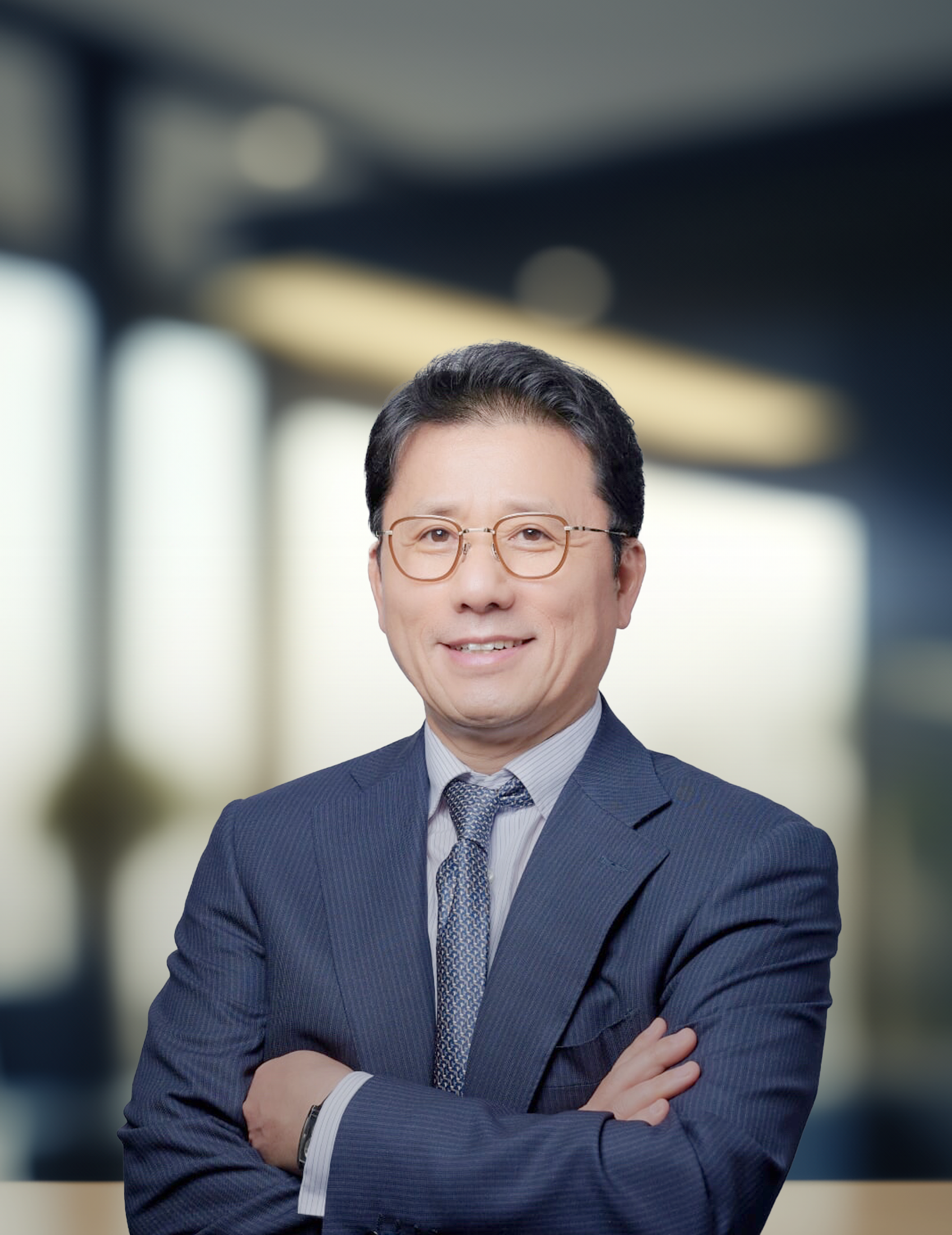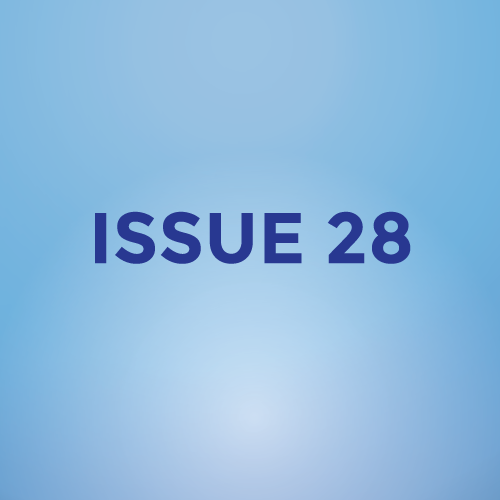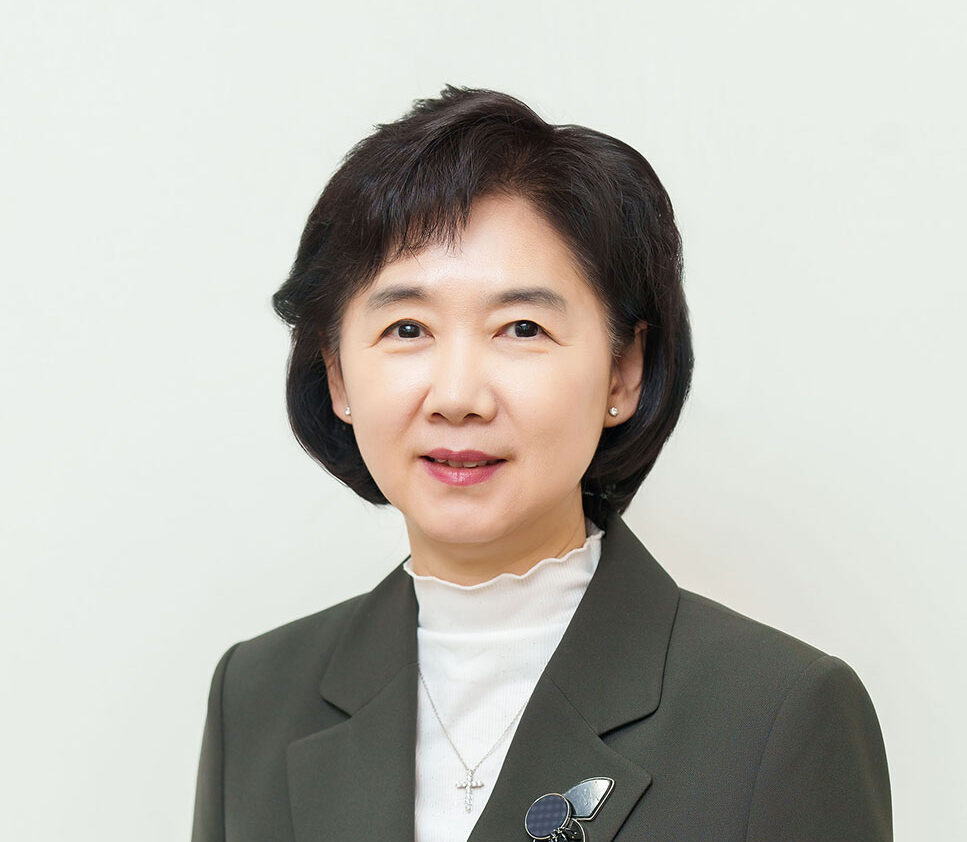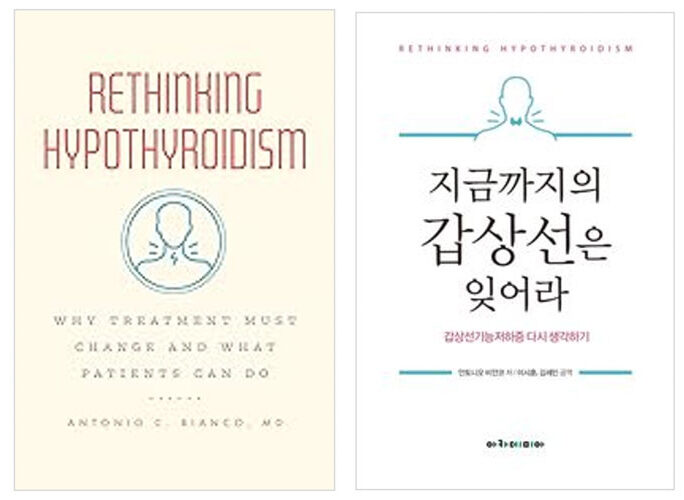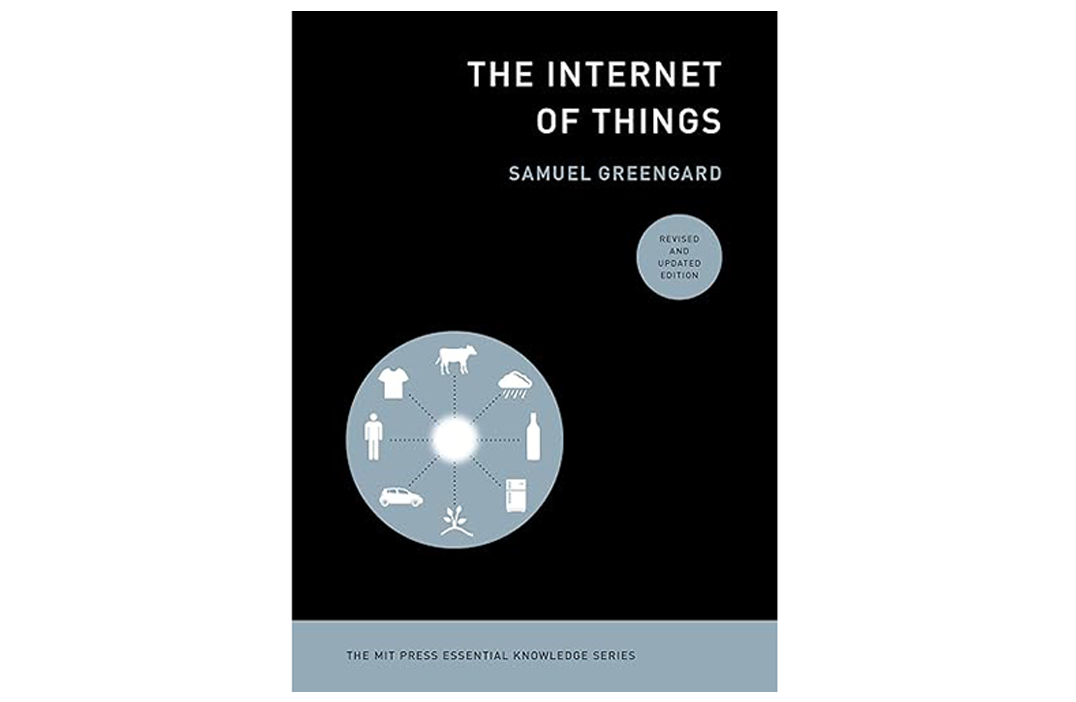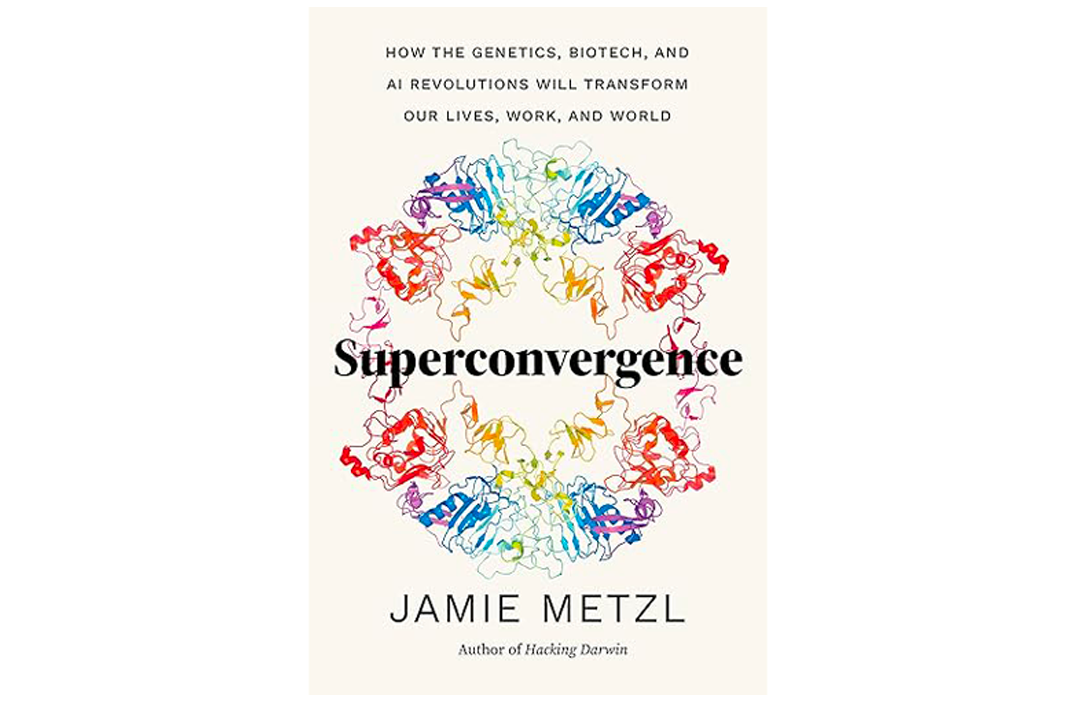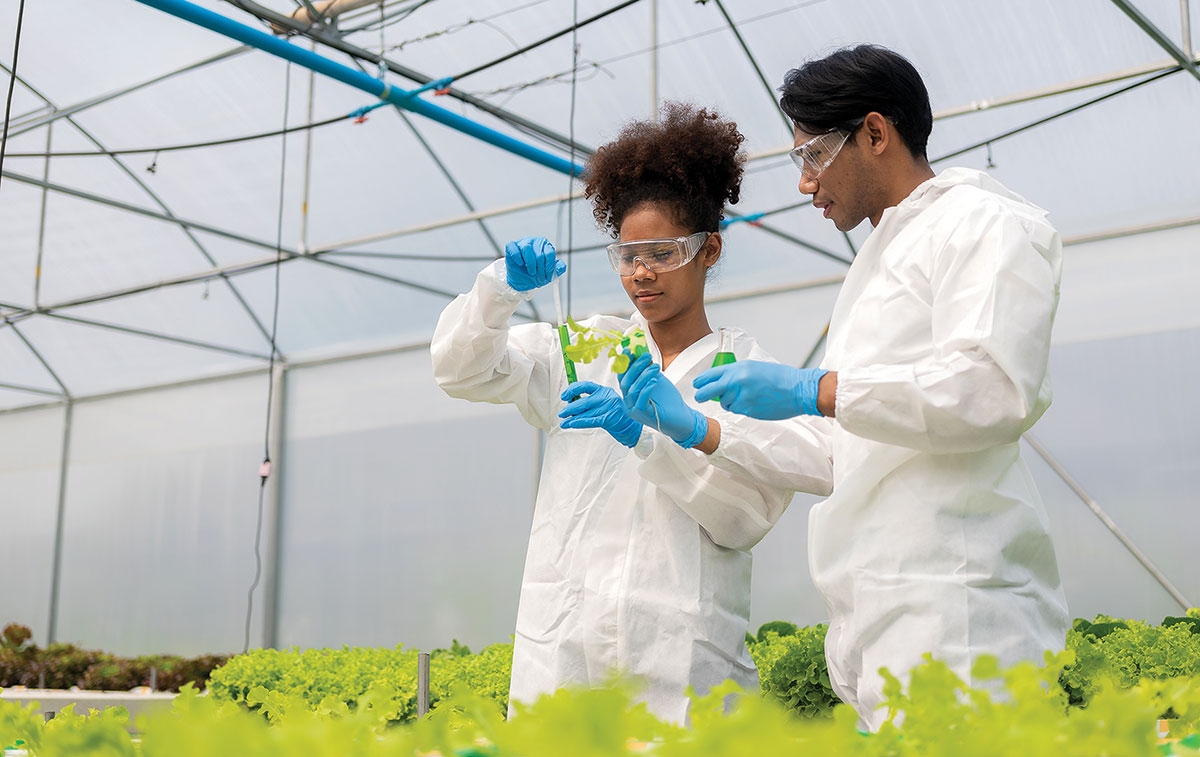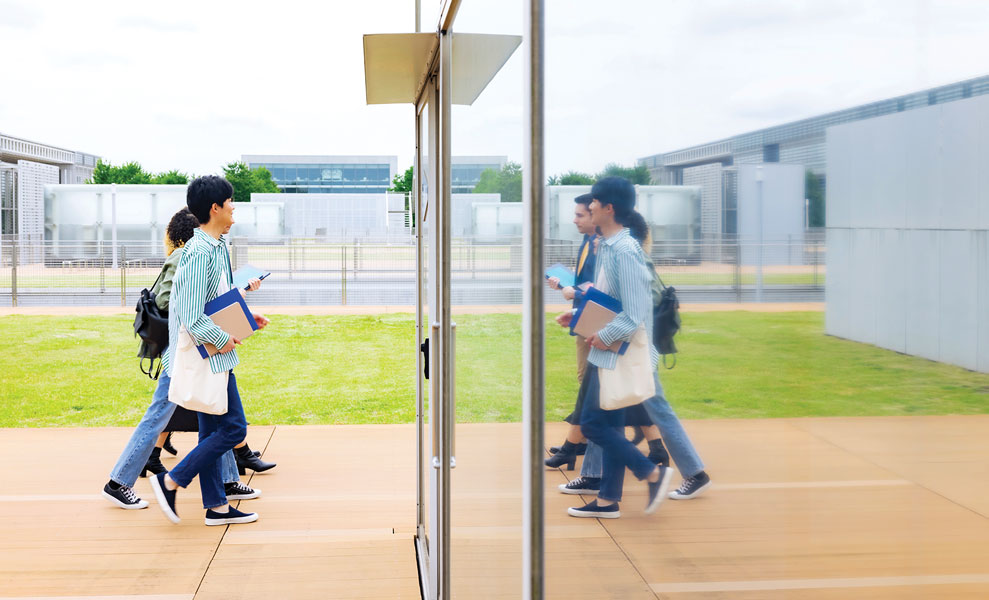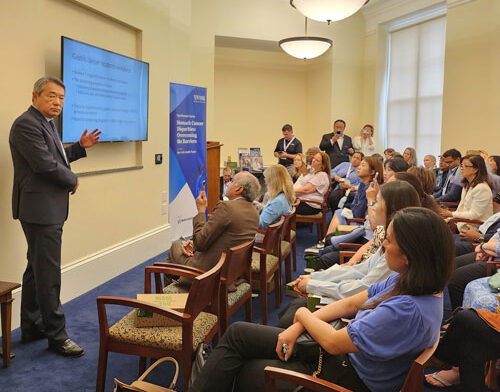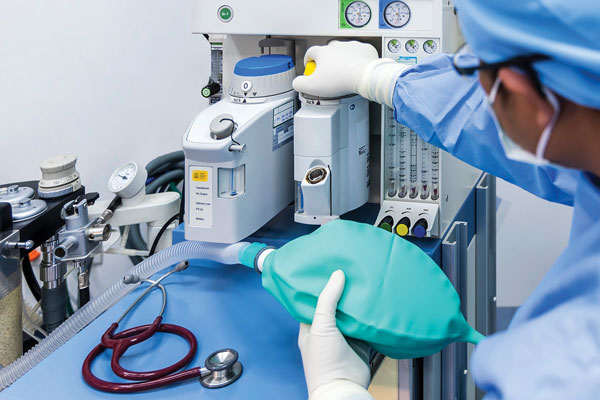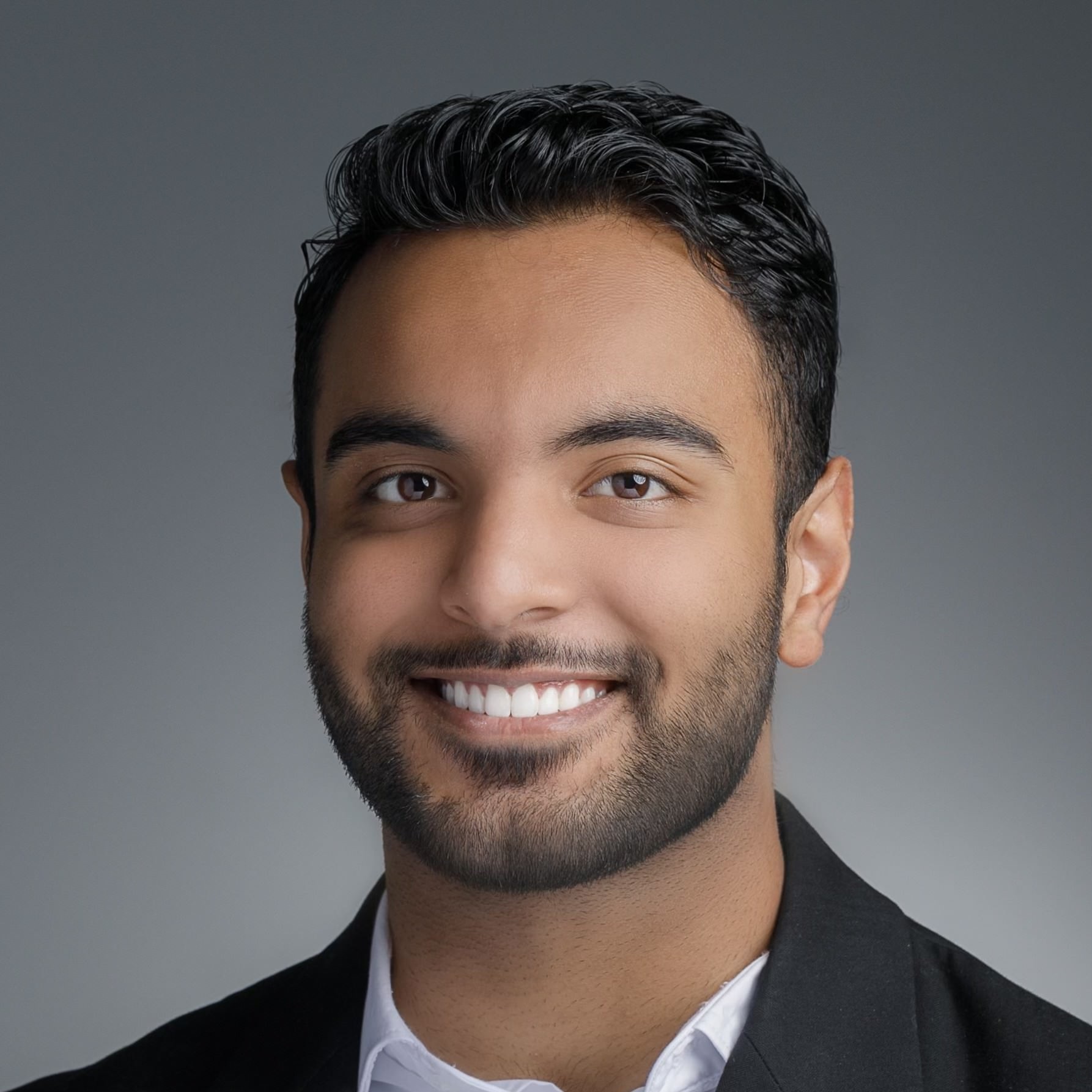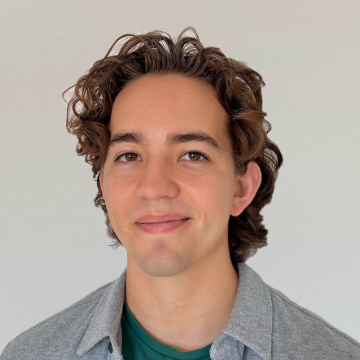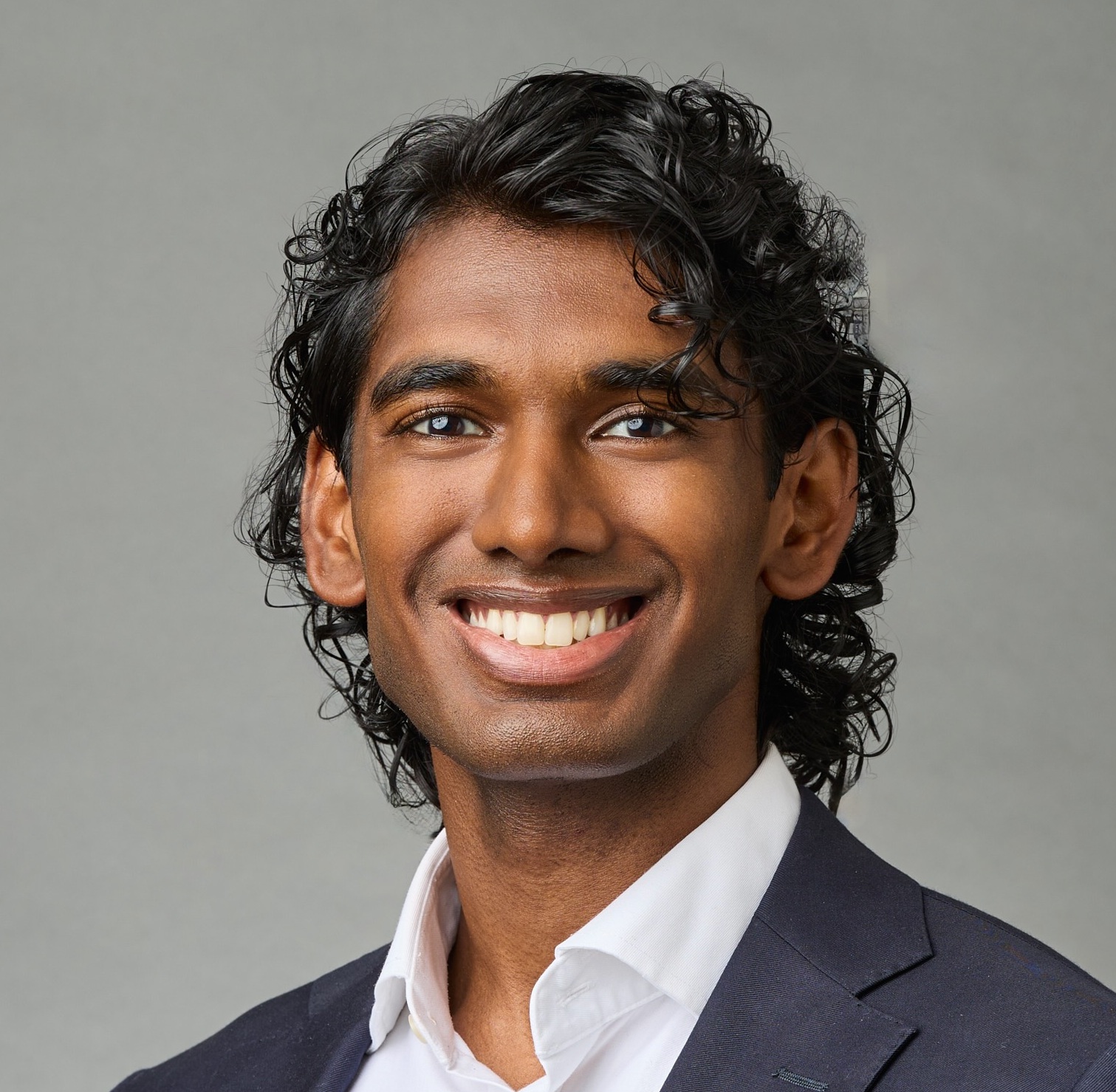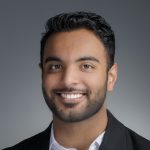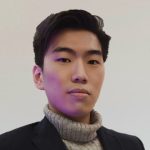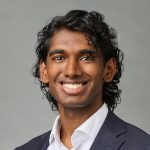Saahil Chadha is a fourth-year medical student at Yale School of Medicine. Originally from Excelsior, Minnesota, he studied computer science at University of California, Berkeley, before working as a software engineer at Amazon. He later brought this technical foundation into medicine, where his interests lie at the intersection of artificial intelligence, cancer imaging, and clinical care.
At Yale, Saahil conducts research in the Aneja Lab, where he develops AI models to analyze radiologic and pathologic data with the goal of creating imaging-based biomarkers that can personalize treatment and improve outcomes for cancer patients. His current work focuses on how multiple data sources can be integrated to improve prognostication, with particular attention to patients with brain metastases.
Looking ahead, Saahil plans to pursue residency in internal medicine while continuing his research on AI applications in medicine. Beyond research and clinical training, he is interested in medical education and community-building. He also plays viola in the Yale Medical Symphony Orchestra.

